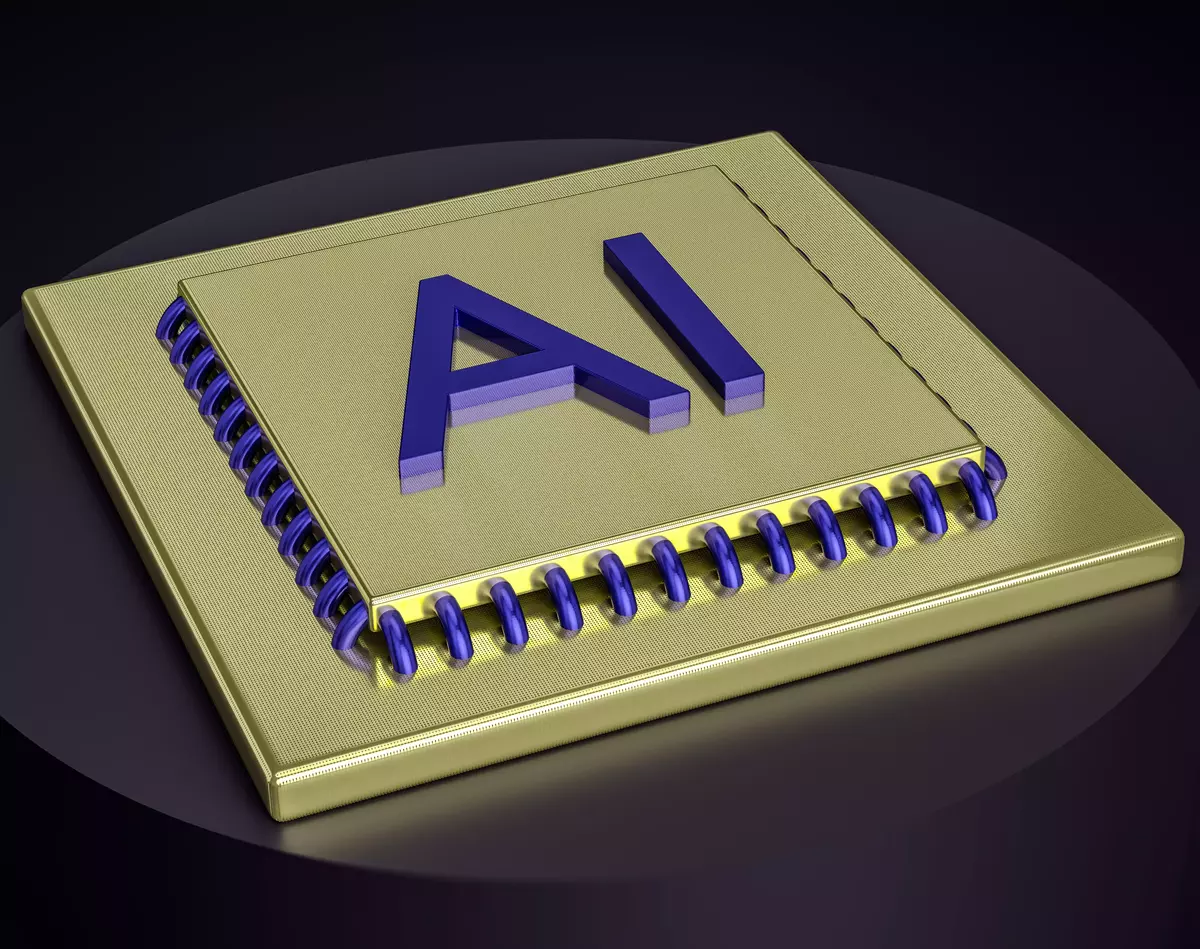The concept of personalization has become fundamental to the online success of any business. In this context, WEB AI technology (Web Development Artificial Intelligence) has brought about a significant revolution in terms of personalizing user experiences on websites. This article will explore how WEB AI is redefining web design through hyperpersonalization, providing concrete examples and discussing the benefits of this technology for businesses.
Understanding WEB AI
To understand the impact of WEB AI technology on web design, it’s essential to grasp the fundamentals of this technology. WEB AI is a form of artificial intelligence that learns from data and analyzes user behavior to create personalized experiences. This technology uses advanced machine learning algorithms to predict user preferences and needs and to adapt website content and design accordingly.
Hyperpersonalization: Definition and Importance
Hyperpersonalization is a term that describes the high level of customization that WEB AI can provide. It goes beyond simply tailoring content based on a user’s browsing history. The importance of hyperpersonalization in web design lies in significantly increasing user engagement and conversion rates. When a website offers content and offers that are relevant and appealing to a user, they are more likely to stay on the site, explore more pages, and take desired actions, such as making purchases or filling out forms.
Benefits of Hyperpersonalization in Web Design
Hyperpersonalization brings several significant benefits to web design and businesses in general:
- Increased User Engagement: When website content and offers are personally tailored to individual user preferences and interests, users are much more likely to engage with the platform and spend more time exploring and interacting with the resources and services offered. This leads to a more captivating and satisfying experience.
- Higher Conversion Rates: Hyperpersonalization in web design has a significantly positive impact on conversion rates because it creates an environment where users are more inclined to take desired actions, such as completing a purchase or filling out forms. This happens because the personalized experience gives users a sense of relevance and ease in achieving their goals on the site.
- User Retention: Personalized experiences contribute to building stronger relationships between users and brands, which ultimately can result in a significant increase in customer loyalty and retention rates. This is due to the increased sense of connection and relevance that users experience when interacting with a brand that proactively adapts to their preferences.
- Resource Optimization: Hyperpersonalization offers the advantage of precisely directing resources toward offers and content that have the highest probability of generating positive results, thus reducing resource wastage in the context of more generic and less effective strategies. This allows for optimizing resource allocation and achieving better returns based on users’ specific preferences and behavior.
Hyperpersonalization, powered by WEB AI technology, represents a significant shift in web design. This approach transforms websites into personalized and relevant experiences for each user, leading to increased engagement and conversion rates. For businesses, hyperpersonalization presents an opportunity to connect more deeply with their target audience and to offer services and products tailored precisely to what users want and need. With WEB AI technology on the rise, the future of web design seems promising for a more captivating and efficient digital experience.
Learn more about how you can access WEB AI
Follow us on social media:
Instagram: https://www.instagram.com/securemenow/
Facebook: https://www.facebook.com/securmenow
We offer WEB AI and Web Design services. Contact us







